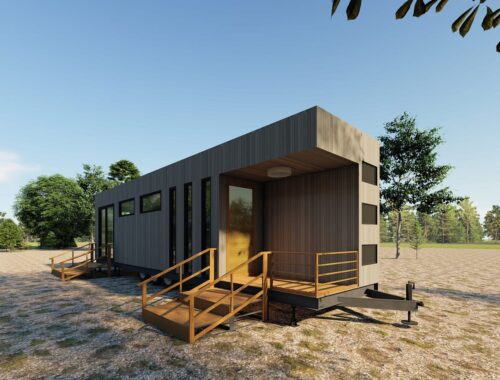The Agony and Ecstasy of Free Climbing El Capitan
>
On October 21, 48-year-old Rob Miller was perched on a small stance 2,600 feet and 34 pitches up solid granite on Yosemite’s El Capitan. Above him were 15 feet of increasingly steep half-pad crimps and fish-scale edges that would require all of Miller’s power and precision to latch onto. Far away on the ground below, pine trees bent concavely.
He stared at a large hold a few feet above, shaking out each hand in turn and trying to psyche himself up. “I knew what to do, but my body wasn’t responding,” he says. “My hands were giving up.”
Miller, who lives in the desert 50 miles outside of Flagstaff, Arizona, with his wife, Kyle, was attempting the final crux of his new route, the Direct Line, and things weren’t going as planned. “It was like freediving a record depth and coming back up and being inches from the surface to get air,” he says. “I was watching myself not break the surface.”
Miller and his 34-year-old Swiss partner, Roby Rudolf, were attempting to climb the Direct Line free, using just their hands and feet to make upward progress instead of pulling on gear the way many climbers ascend Yosemite’s tallest wall. It would be just the 17th free route on El Cap, which was first climbed in that style in 1988 by Paul Piana and Todd Skinner via the Salathé Wall. It took five years for the Big Stone, as it’s called, to get its second free ascent, this time by Lynn Hill when she freed the Nose in 1993. “It goes, boys,” she famously quipped after the climb. These days, only a handful of teams successfully free the wall each season.
“El Cap is center stage for big-wall free climbing,” says Tommy Caldwell, who in 2015 made the first free ascent of the Dawn Wall. “But it’s an elite few that manage to pull off a first free ascent.”
Those ascents, the kind Miller was after, continue to capture the climbing world’s attention. Often, they even blow up in the mainstream. Caldwell and Kevin Jorgeson’s first free ascent of the Dawn Wall—which took seven years of work—garnered 13 billion media impressions worldwide.
For Miller, the Direct Line was an opportunity for him “to push beyond where I’ve ever gone before,” he says. “All of your senses have to be tuned in and not attached to any outcome; total immersion in the steps ahead. That’s where you get sublime athletic performance.”
He began the project alone in 2010. Three years later, he teamed up with a partner who would eventually abandon him in a snowstorm during a 2015 descent from the summit. After another partner left for personal reasons in the fall of 2016, Miller recruited Rudolf from the Yosemite Lodge Cafeteria, a popular hangout for climbers.
On their first day on the wall together, Rudolf, a materials engineer from Lucerne, Switzerland, impressed Miller with his smooth, powerful slab climbing, which he honed on the limestone cliffs and boulders near his home. After a second season working the route, they came back last October to finish the project.
After 11 days, the pair had reached the route’s crux: pitch 34. Miller’s muscles shook at every move, and he found himself lunging desperately for the micro edges. He was climbing out of control. His throat and lungs burned from the exertion. Shaking out at the small stance before the hardest section, Miller tried to compose himself.
It didn’t work. He fell. Mentally and physically spent, Miller crawled into his portaledge to rest. From midnight until dawn, it snowed in the high country. The next day, the pair rested some more. On the morning of day 13, they tried again.
Again, Miller fell at the same place. Instead of lowering back to the start of the pitch—as was required to claim a free ascent—he had Rudolf lower him to a stance a few meters down the wall. From there, Miller tried a final time and was able to climb smoothly and precisely until he reached the end of the pitch. It was some of the most pure and natural climbing he had ever done. But it wasn’t a free ascent.
Then Rudolf tried. “You have all of El Cap dropping down underneath you,” Rudolf says. “But the exposure put me into a relaxed zone. Suddenly the climbing was flowing.” He sent the pitch cleanly.
The next day, the two reached the top. Rudolf freed every pitch. It was his first free climb of El Cap. “It’s Rob’s route; he could have free-climbed it with anyone. I was just there,” Rudolf says modestly. Miller, of course, did not free the route.
He did, however, return to the Valley 18 pounds lighter. After more than two weeks of living on the wall—and seven years of thinking about nothing but the Direct Line—he couldn’t relax. Miller tossed and turned in the bed of his truck, thinking about what might have been. Finally, near dawn, he recalled the effortless climbing he’d experienced at the crux and fell asleep, knowing that he got what he’d come for.
You May Also Like

Pool Products: Essential Accessories for Your Swimming Pool
March 17, 2025
シャーシ設計の最適化手法とその応用
March 20, 2025